
The melt season was up to 30 to 40 days longer than average in western, northwestern, and northeastern Greenland, but was close to or below average elsewhere on the ice sheet. Melt area was above average on 52 of the 90 days of the melt season.

The melt season was up to 30 to 40 days longer than average in western, northwestern, and northeastern Greenland, but was close to or below average elsewhere on the ice sheet. Melt area was above average on 52 of the 90 days of the melt season.

Not only are there now bigger fish to fry in the Arctic's Barents Sea, but scientists predict the natural marine ecosystem will undergo a transformation.
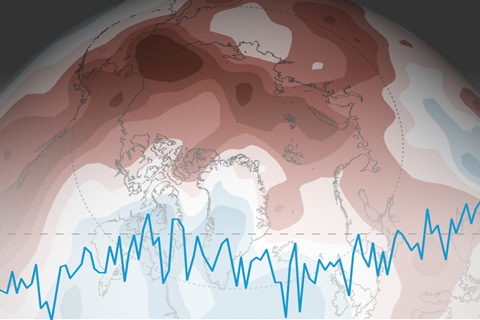
“Arctic amplification” of climate change remained in full swing in 2015, according to the 2015 Arctic Report Card. Broad areas of the Arctic were more than 5°F (3°C) warmer than average during the report card’s monitoring year (October 2014-September 2015).
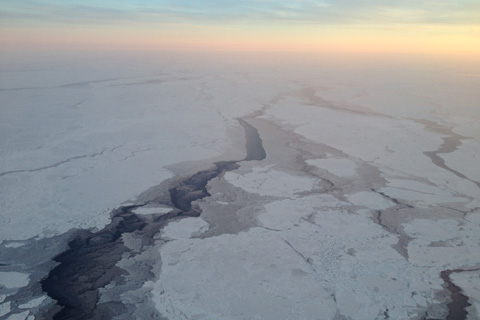
Increasing air and sea surface temperatures, decreasing sea ice extent and Greenland ice sheet mass, and changing behavior of fish and walrus are among key observations released today in the Arctic Report Card 2015.

Coastal erosion has repeatedly damaged surfside bike paths and parking lots near Ventura, California. It took local groups with varying viewpoints more than a decade to agree upon a strategy, but the first phase of their solution is now complete.
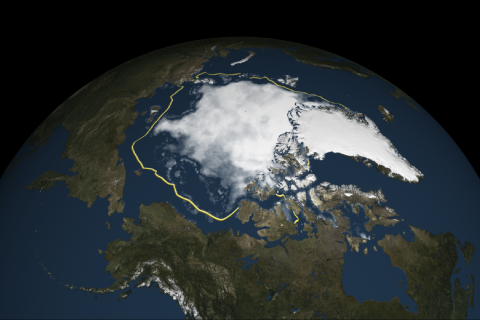
On September 11, 2015, Arctic sea reached its fourth-lowest minimum extent in the satellite record:1.70 million square miles (4.41 million square kilometers).
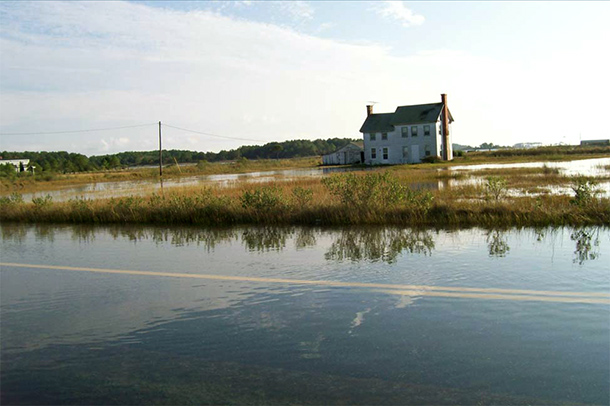
High-tide "nuisance flooding" has increased between 300 and 925 percent since the 1960s as a result of sea level rise. In this Q&A, Billy Sweet and John Marra explain the changes and offer projections for the remainder of the 2015-16 monitoring year.
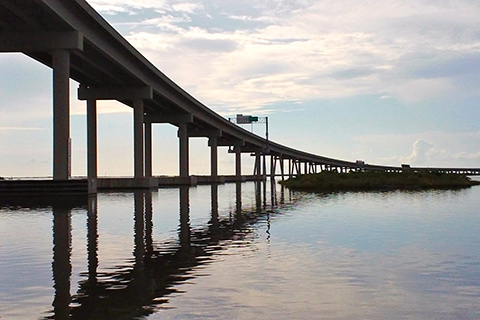
For three days in 2005, flooding from Hurricane Katrina cut off the only road to Port Fourchon. Officials had to decide: did the risk of future flooding justify the cost of raising the roadway out of the Gulf's rising waters?

Climate change is expected to intensify fire-friendly weather conditions across the US and to lengthen the fire season.